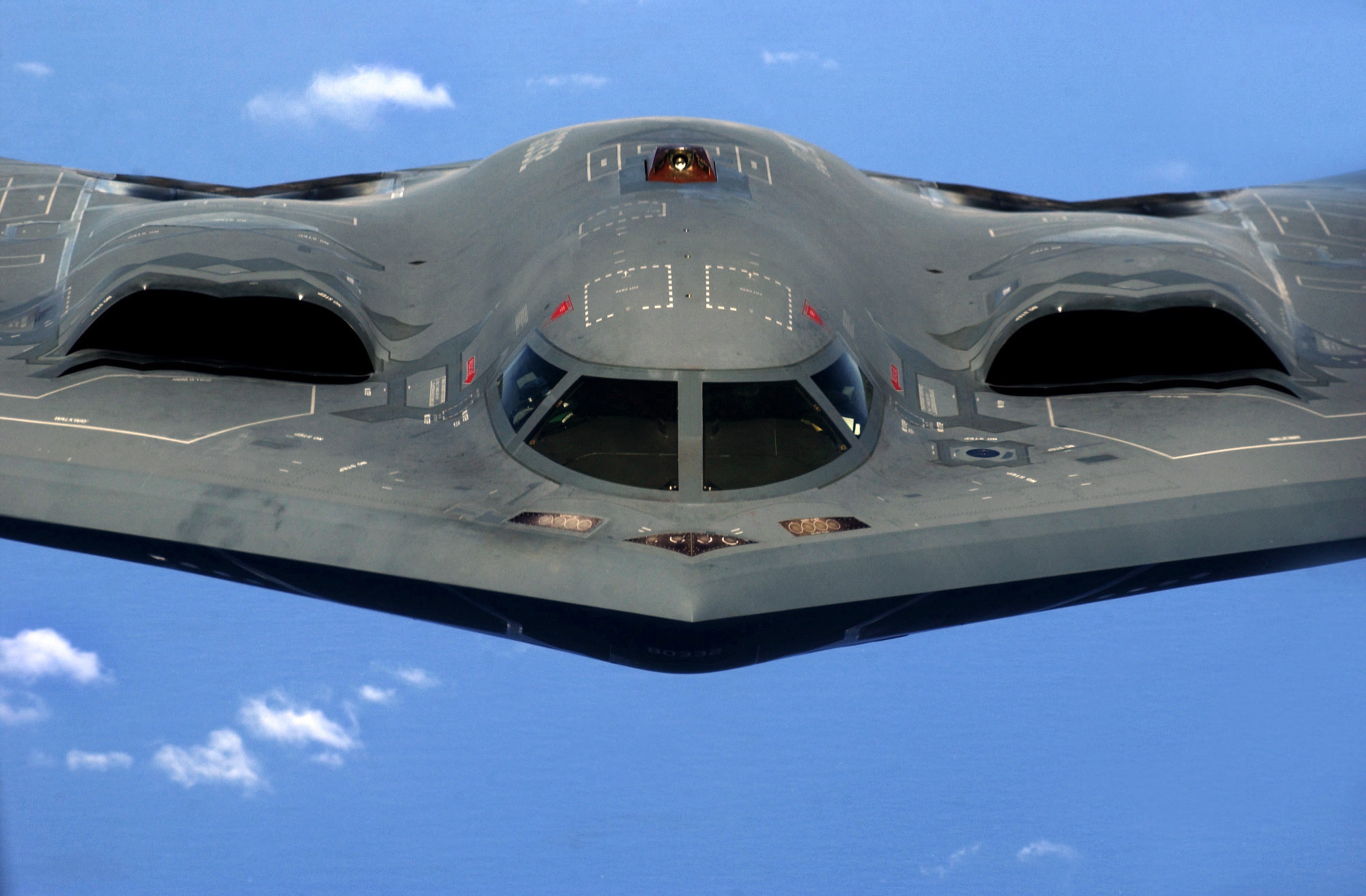Autonomous Operations
Autonomous Operations
Autonomous operations have rapidly evolved in recent years. We’re seeing a shift in how things get done in various sectors. From manufacturing to logistics, the rise of machines operating independently is noticeable. These operations minimize human intervention, increasing efficiency and accuracy.

Understanding Autonomous Systems
Autonomy in technology refers to the ability of systems to perform tasks without direct human control. These systems rely on Artificial Intelligence (AI) and Machine Learning (ML). They process data, make decisions, and learn from experiences. Autonomous systems can adapt to new situations. They improve over time as they gather more data.
Key Components
- Sensors: These collect data from the environment. They can detect temperature, location, pressure, etc.
- Processors: Once data is collected, processors analyze it. They decide on the necessary actions based on the AI algorithms.
- Actuators: These execute the actions decided by the processors. They could move a robotic arm, steer a vehicle, etc.
- Communication systems: They connect different parts of the system. They help in exchanging information.
Autonomous systems classify broadly into different categories based on their applications. Let’s explore some of these categories and their applications.
Industrial Automation
In manufacturing, autonomous operations reduce manual labor. Robots working on assembly lines are an example. They do repetitive tasks consistently. They don’t tire or make mistakes due to fatigue. This leads to higher productivity and better quality.
Consider automated guided vehicles (AGVs) in warehouses. They transport goods from one location to another without human intervention. They navigate using sensors and pre-defined paths.
Predictive maintenance is another area. Machines equipped with sensors provide real-time data about their condition. AI analyzes this data to predict when a machine might fail. Maintenance is then scheduled proactively, reducing downtime.
Autonomous Vehicles
Self-driving cars are perhaps the most well-known example of autonomous operations. They use a combination of sensors such as LiDAR, cameras, and radar. These gather data about the car’s surroundings. AI processes this data to make driving decisions.
Autonomous vehicles promise increased safety. Human errors cause most traffic accidents. By reducing dependence on human drivers, these vehicles aim to reduce accidents.
There are also autonomous drones. They find applications in delivery services, agriculture, and surveillance. Drones can monitor large areas of farmland efficiently, identifying issues like pests or diseases.
Healthcare
Autonomous systems in healthcare assist in surgeries, diagnostics, and patient care. Robotic surgical systems provide high precision. They reduce the risk of human error. Surgeons control these robots, but in the future, fully autonomous surgical systems are a possibility.
AI algorithms analyze medical images, helping in the early detection of diseases. Autonomous systems also manage patient care. They monitor vital signs and alert medical staff in case of anomalies.
Environmental Monitoring
Autonomous systems play a significant role in environmental monitoring. Robots and drones gather data about air quality, water quality, and wildlife. This data helps in understanding environmental changes and making decisions to mitigate issues.
For example, underwater drones monitor marine life and coral reefs. They collect data without disturbing the ecosystem. These operations help in conservation efforts.
Challenges of Autonomous Operations
While the benefits are clear, autonomous operations face several challenges. One major challenge is ensuring safety. Autonomous systems must make decisions that do not harm humans or the environment.
There’s also the issue of data privacy. These systems collect vast amounts of data. Ensuring this data is secure and used ethically is crucial.
Additionally, there is resistance from the workforce. Many fear that autonomous systems might replace jobs. While some jobs might become obsolete, new opportunities will emerge. Training and education can help ease this transition.
The Future of Autonomous Operations
The future holds exciting possibilities for autonomous operations. Advances in AI and ML will make these systems even more capable. We’ll see more integration in everyday life. Smart homes with autonomous systems that manage energy usage are on the horizon. Autonomous systems will likely play a role in exploring other planets too. Robots could perform tasks that are too risky for humans.
Governments and organizations are investing in research and development. Policies and regulations will evolve to ensure these systems are safe and beneficial.
Autonomous operations are here to stay. They offer numerous benefits across various sectors. While challenges exist, the potential to improve efficiency, safety, and quality of life is significant. As technology advances, these systems will become an integral part of our lives.




Subscribe for Updates
Get the latest articles delivered to your inbox.
We respect your privacy. Unsubscribe anytime.